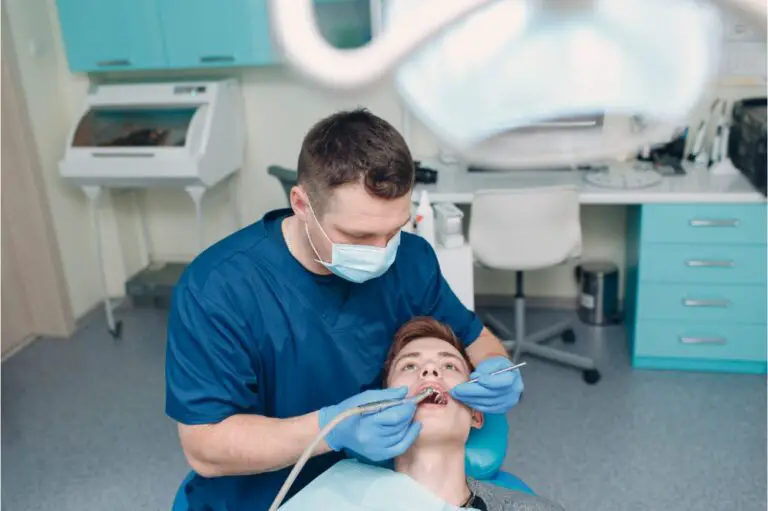Getting braces often brings significant tooth pain and discomfort, especially in the first few days and weeks after initial placement. This in-depth guide examines the common causes of orthodontic tooth pain, provides tips for relief, discusses foods to eat and avoid, and answers frequently asked questions about managing discomfort.
Understanding Post-Braces Tooth Pain
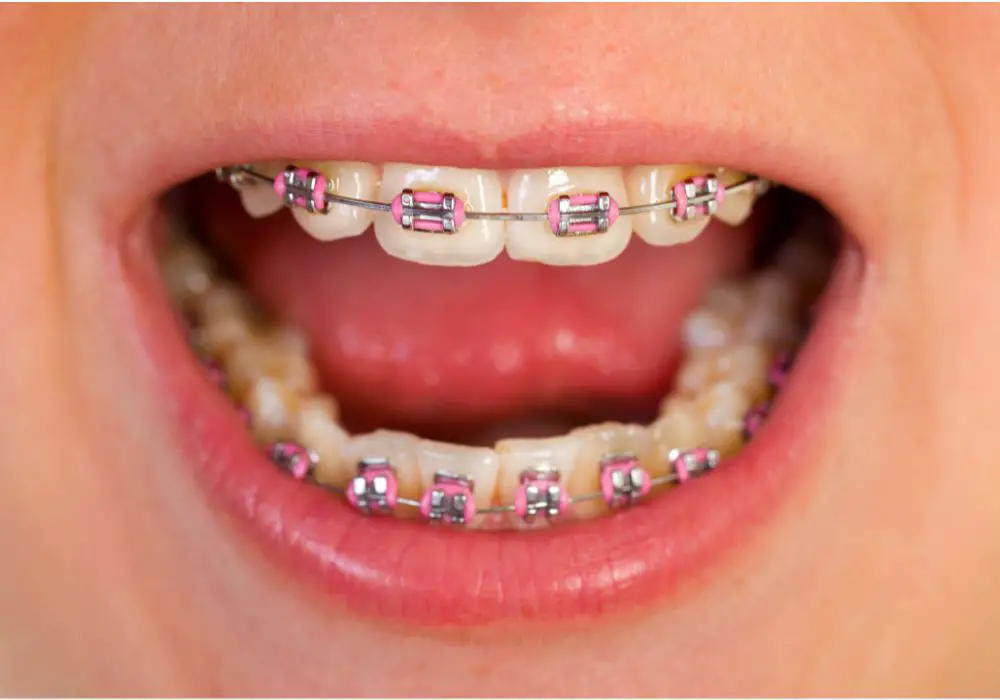
Braces work by applying steady pressure on the teeth to gradually shift them into proper alignment. This constant force moving the teeth can lead to inflammation, irritation, and moderate to severe discomfort throughout treatment, notably in the early stages. Here’s an overview of some main reasons for tooth pain with braces:
Force of Archwires and Brackets
The metal wires and brackets used in braces place concentrated pressure on the teeth to move them. This direct force pushing, pulling, and rotating the teeth can cause pain where the brace parts press into the teeth. The surrounding nerves, pulp tissue, and gums become compressed and irritated.
Movement of Tooth Roots
As the teeth shift within the jawbone during realignment, the tooth roots get inflamed and compressed. This often leads to throbbing, radiating pain within the jawbone as the roots settle into new positions in their sockets. Patients typically feel this as mouth and jaw soreness.
Friction Against Gums
The brackets and wires of braces can rub and poke the gums, leading to irritation, inflammation, canker sores, and sensitivity along the inside of the lips and cheeks. Proper cleaning is essential to prevent painful sores.
Sensitivity to Temperatures
The enamel layer on teeth gets thinner during orthodontic movement. This exposes more of the inner dental pulp and nerves, increasing sensitivity to hot and cold foods and drinks. Many patients experience jarring sensitivity from normal foods and beverages after getting braces.
Effects of Adjustments
As braces get tightened or changed during adjustments, it amplifies pressure on the teeth, causing more intense soreness afterwards as the teeth move to new positions. Post-adjustment discomfort is usually more severe than initial placement pain.
Strategies to Minimize Braces Pain
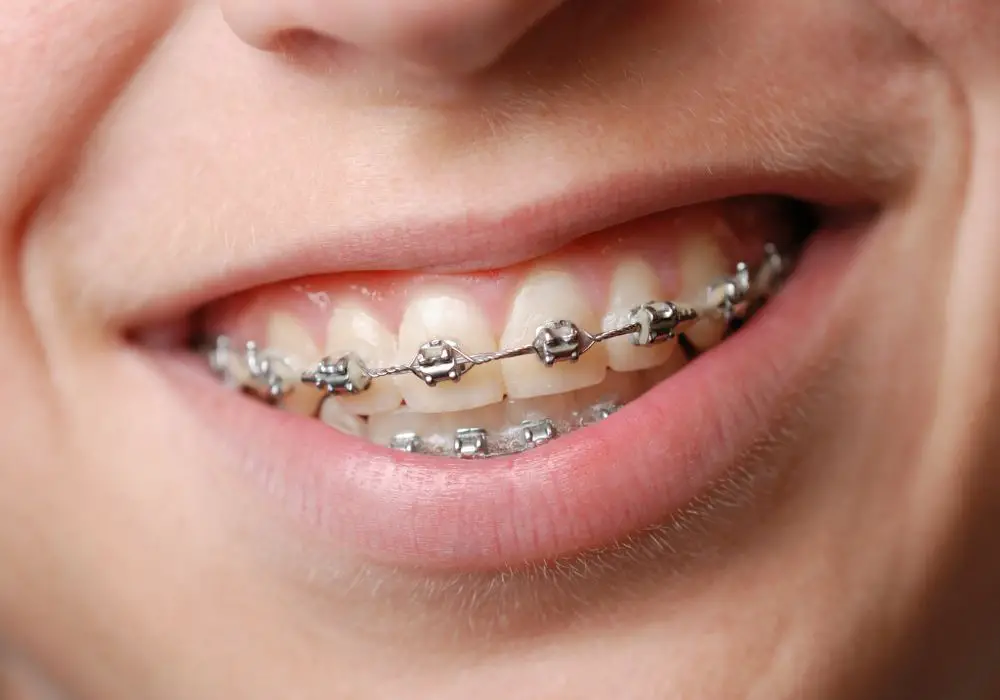
The good news is that orthodontic tooth pain typically decreases dramatically within 5-7 days as the teeth adjust to braces. Here are tips to manage discomfort:
- Take OTC pain relievers like ibuprofen or acetaminophen as recommended by your orthodontist.
- Use orthodontic wax or dental gum to cushion irritation from brace parts poking the cheeks.
- Rinse with warm salt water 2-3 times a day to reduce inflammation.
- Apply cold compresses to the outside of the jaws to alleviate soreness.
- Stick to soft, cool foods for the first week to avoid putting pressure on tender teeth.
- Maintain excellent oral hygiene to prevent gum irritation and sores from braces.
- Avoid chewing sticky, hard, crunchy, or sugary foods that could further irritate teeth.
- Stay hydrated and drink plenty of cool water to soothe mouth pain.
- Take prescription-strength pain medication if OTC options do not adequately relieve severe discomfort.
Always contact your orthodontist promptly if you have any severe, unrelenting tooth pain, injuries, or problems with the braces that do not improve. Leaving issues unchecked could disrupt treatment progress.
Braces-Friendly Eating Tips
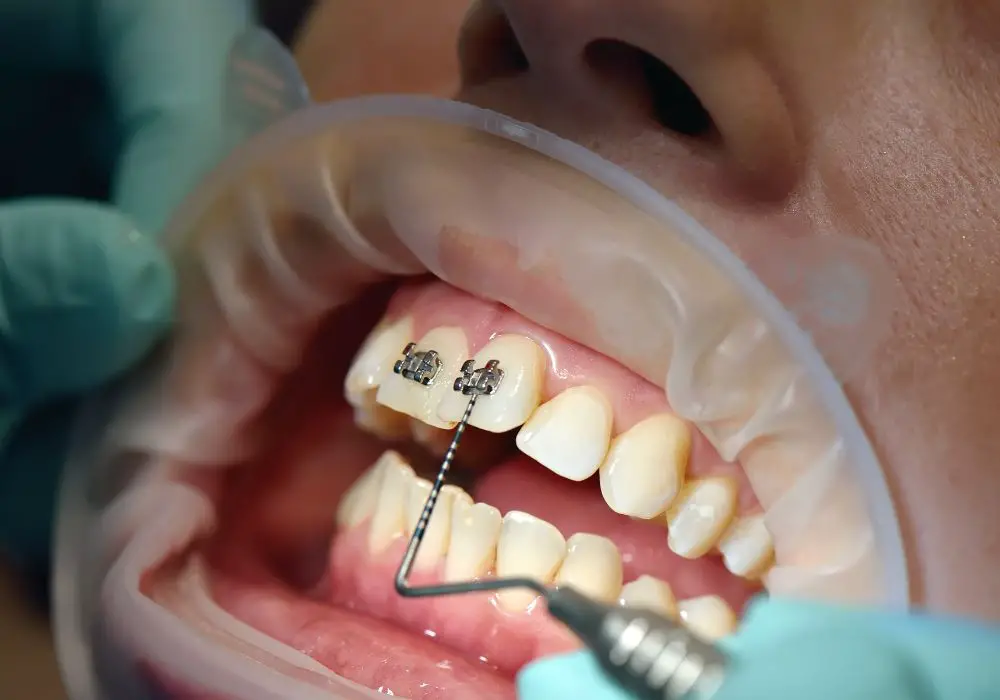
Eating a soft, braces-friendly diet in the first week after placement allows your teeth time to adjust and heal before reintroducing more solid foods.
Recommended Foods
- Yogurt, ice cream, milkshakes, smoothies, protein shakes.
- Mashed potatoes, creamy vegetable soups, applesauce.
- Soft scrambled eggs, oatmeal, grits, cream of wheat, mashed fruits.
- Cottage cheese, pudding, jello, soft pastas, overcooked rice.
- Meal replacement drinks like Ensure, Boost, or Carnation Instant Breakfast.
Foods to Avoid
- Hard, crunchy, or chewy foods like raw veggies, nuts, chips, seeds, popcorn, bread crusts.
- Sticky, sugary foods like caramel, taffy, gummy candies, or chewing gum.
- Extreme hot or cold foods and drinks that could irritate sensitive teeth.
- Tough, fibrous meats or vegetables that require extensive chewing.
- Hard candies, cookies, pretzels, or peanut brittle that could break braces.
Take your time transitioning back to a normal diet over 1-2 weeks as braces discomfort improves. Preventing further irritation will help minimize pain.
Getting Used to Braces Discomfort
The worst orthodontic pain typically dissipates within 5-7 days after initial brace placement as your teeth adjust to the changes and pressure. Here’s what to expect:
- Days 1-3: Most intense discomfort and soreness after tightening. Difficulty eating.
- Days 3-5: Moderate dull ache as teeth shift. Mild gum tenderness.
- Days 5-7: Noticeable improvement in tooth pain and ability to chew.
- Week 2: Minimal sensitivity that continues improving.
- Weeks 4+: Occasional minor soreness after adjustments.
While each patient responds differently, your mouth should adapt within 1-2 weeks at most. Extended, unrelenting intense pain may indicate an underlying problem, so contact your orthodontist.
When to Notify Your Orthodontist About Pain
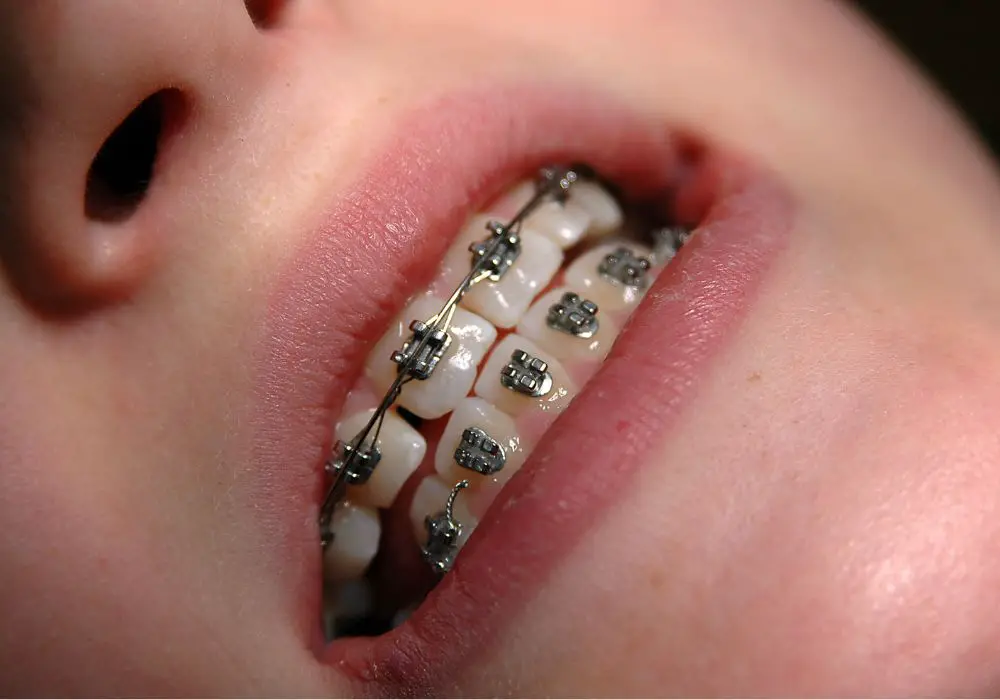
Call your orthodontist right away if you experience:
- Severe mouth pain preventing sleep or normal eating beyond 3-5 days
- Unresolved discomfort after taking OTC pain medications
- Sudden issues like loose brackets, broken wires, or serious injuries
- Bleeding, sore spots, or painful ulcers inside the mouth
- Extreme heat or cold sensitivity many days after initial braces placement
- Jaw pain, earaches, headaches, or fever along with tooth pain
Leaving any problems unchecked can disrupt the progress of your orthodontic treatment. Schedule an urgent adjustment appointment to have concerns evaluated.
Answers to Common Questions About Braces Pain
Here are answers to some frequently asked questions about managing discomfort with new braces:
How long does braces pain last after tightening?
The most severe pain typically lasts about 3-5 days after initially getting braces on or tightened. Mild soreness may continue improving over 1-2 weeks.
Should I take Advil or Tylenol for braces pain?
Both OTC medications can provide effective pain relief. Ibuprofen (Advil, Motrin) works well for inflammation while acetaminophen (Tylenol) is better for nerve pain. Take as directed by your orthodontist.
What home remedies help with braces pain?
Salt water rinses, cold compresses, dental wax, soft diet, proper oral hygiene, OTC pain relievers, and topical numbing gels provide relief at home. Never attempt to remove braces on your own.
When does braces pain peak after an adjustment?
Discomfort typically intensifies and peaks on days 2-3 after a tightening as the teeth shift then starts improving. Pain after adjustments is often more noticeable than initial placement.
How can I sleep with braces pain?
Trying OTC medication at bedtime, sleeping propped up on pillows, using hot/cold therapy, and avoiding hard, late-night snacks can help you rest comfortably despite new braces discomfort.
Conclusion
Moderate to severe tooth and mouth pain is very common after getting braces, especially in the first 1-2 weeks as your teeth adjust to the new pressure. While the discomfort may seem unbearable at first, it does diminish dramatically within a few days with proper care. Stay patient, adhere to your orthodontist’s instructions, and utilize pain relief techniques to get through the worst of it. Within a week, the sensitivity should resolve enough for you to resume normal diet and activities. Just take it slowly until your teeth have adjusted!




